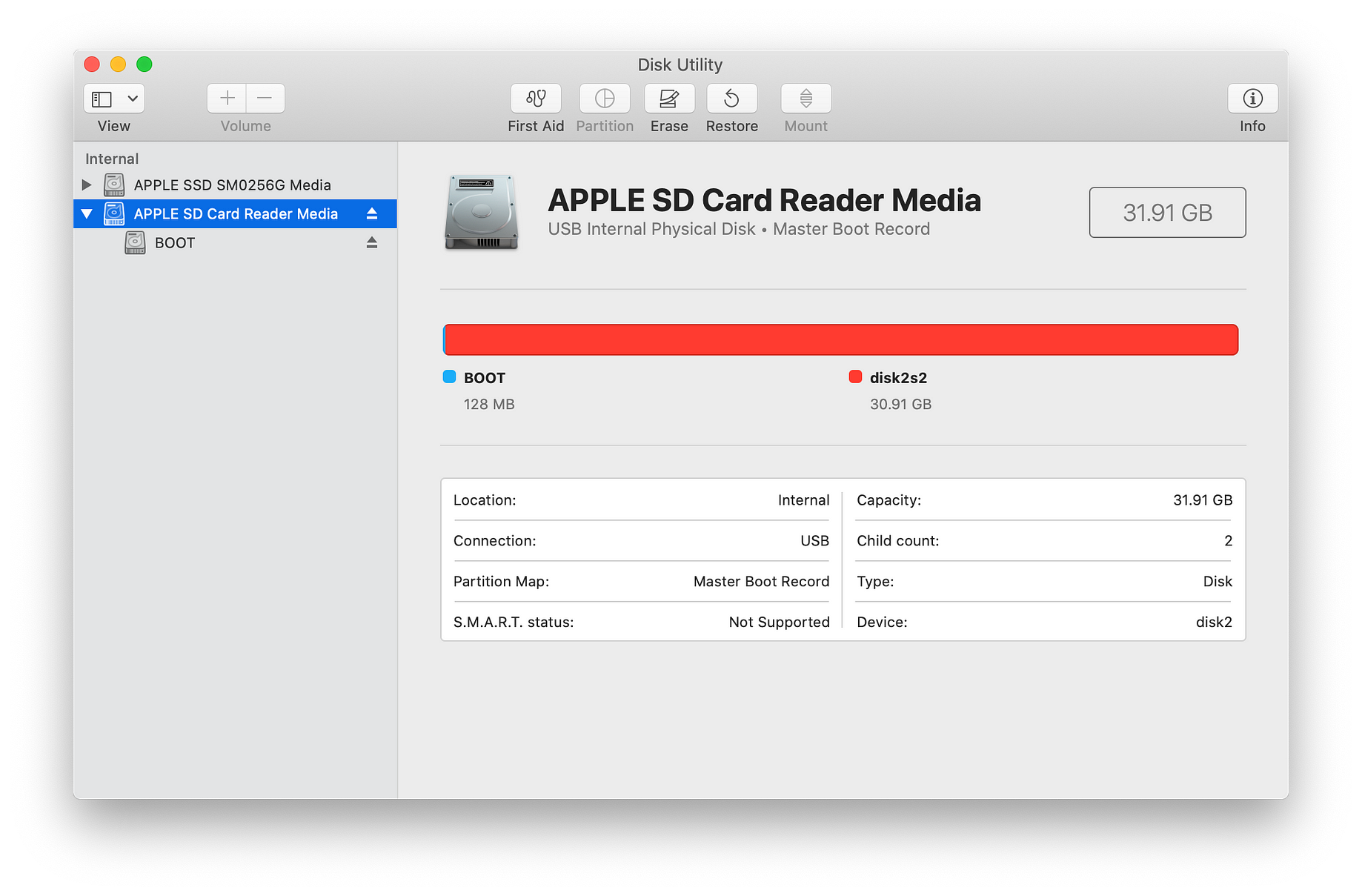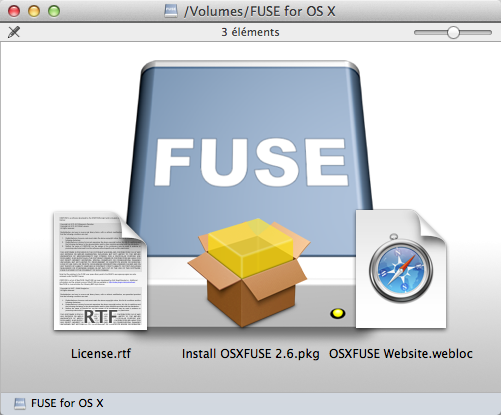
Hi-Tech EXT Series Back-up Current-Limiting Fuses- Designed for installation in wet well fuse holders for oil filled pad-mounted switchgear and transformer applications. Hi-Tech FX Series Full-range Current-Limiting Fuses- Provides both low and high current fault protection in a single, compact fuse body. I’m starting to work with FUSE, but I’m finding it to be too low-down for me to get a quick start. I really only want to override some of the features of a typical EXT filesystem, not rewrite every single aspect of the filesystem. Is there some way I can just rewrite a few functions and reroute the rest to do what EXT would? FUSE file system daemons must be modified so that they request perfused to perform the mount(2) system call instead of doing it on their own. This is done by replacing mount(2) and the open(2) calls for /dev/fuse with perfusemount and perfuseopen, respectively, in their sources. Fuse-ext4 free download. Fuse - the Free Unix Spectrum Emulator The Free Unix Spectrum Emulator (Fuse): an emulator of the 1980s home computer and various clones fo.


ext4 (fourth extended file system) is an open source disk filesystem and most recent version of the extended series of filesystems. It is the primary file system in use by many Linux systems rendering it to be arguably the most stable and well tested file system supported in Linux.
Installation
Kernel

Activate the following kernel options for ext4 support:
Support for optional ext4 features:
| Option | Description |
|---|---|
| Ext4 POSIX Access Control Lists | Enable ACL permissions. |
| Ext4 Security Labels | Enable POSIX capabilities support. |
| EXT4 debugging support | (Not recommend) Use when debugging ext4 (advanced users only). |
Large drive support
When the system has large disks (2 TB or greater) and a 32-bit (x86) kernel is being used, the following option must be enabled: Do crack dicionrio aurelio.
USE flags
The sys-fs/e2fsprogs package contains the utilities to work with the filesystem. In Gentoo Linux sys-fs/e2fsprogs is part of the system set and should be already installed on the system.
USE flags forsys-fs/e2fsprogsStandard EXT2/EXT3/EXT4 filesystem utilities
cron | Install e2scrub_all cron script |
fuse | Build fuse2fs, a FUSE file system client for ext2/ext3/ext4 file systems |
lto | Build with link time optimization (LTO) |
nls | Add Native Language Support (using gettextGNU locale utilities) |
split-usr | Enable behavior to support maintaining /bin, /lib*, /sbin and /usr/sbin separately from /usr/bin and /usr/lib* |
static-libs | Build static versions of dynamic libraries as well |
threads | Add threads support for various packages. Usually pthreads |
Emerge

After setting the USE flag update the system so the changes take effect: Psa xs evolution driver.
Usage
Fuse Ext4 Mac Os X
Creation
The mkfs.ext4 command irreversibly destroys any content of the partition it is told to format. Be sure to select the right partition!
To create an ext4 filesystem on the /dev/sda1 partition:
Please replace /dev/sda1 with the actual partition to format.
By default, 5% of available disk space is reserved for the root user. This is usually a good thing for the partition where the / directory is mounted, but it may be not desirable on other partitions. To lose reserve disk space for the root user use mkfs.ext4's -m 0 option:
Fuse Ext4
See also
- Ext4 encryption — provides instructions on encrypting files in a home partition using the ext4 filesystem's built-in file based encryption.
- JFS — a 64-bit journaling filesystem created by IBM.
- Btrfs — a copy-on-write (CoW) filesystem for Linux aimed at implementing advanced features while focusing on fault tolerance, self-healing properties, and easy administration.
- XFS — a high-performance journaling filesystem
- F2FS — a filesystem designed for NAND flash-based devices.